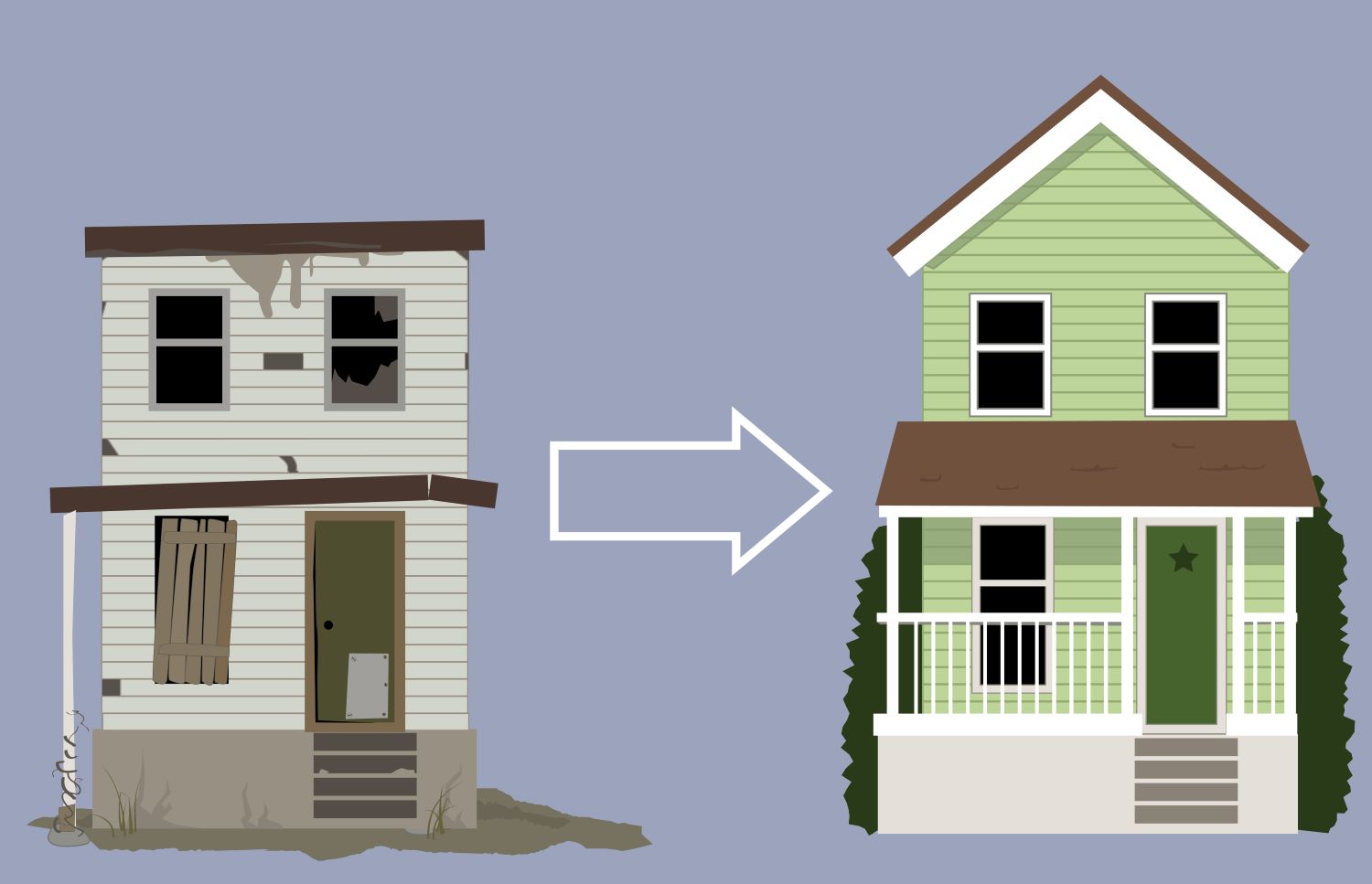The Best Investments To Consider In 2019
The year 2019 is now upon us and, for some people, it means they finally have a little bit of money to invest. Some people got a raise, others received a nice bonus, others came into some money in some other way. Whatever the source of the extra funds, it is very important to make sure that you invest that money in the right place, but where is that? Most of us know that there are thousands of things that you can invest in if you want to, but choosing the one that is right may seem to be very difficult.
This is a situation known as analysis paralysis, meaning you feel overwhelmed by the number of possibilities that are out there.
Occurs when an individual becomes so lost in the process of examining and evaluating various points of data that he or she is unable to make a decision with it. Analysis paralysis can occur with many decisions, including investment decisions such as buying or selling securities. The inaction it causes can easily lead to losses in a portfolio or missed chances at larger profits.
If you have extra cash and you want to put it to good use, you have to find the right investments. This does mean you have to analyze your options, but you do have to make a decision at some point. So what are the two options for you to consider in 2019?
Option 1 – Peer to Peer Lending
Peer to peer lending is becoming increasingly popular and there are now some well-established names in this field. One of them is the Lending Club, although platforms such as Prosper are equally interesting.
Lending Club is an online peer-to-peer (P2P) lending platform that takes the banker out of banking. Investors lend money directly to borrowers through the website, enabling both to benefit from the rate of interest established for each loan.
What companies like Lending Club and Prosper allow you to do, is loan money to people in the same way a bank does, but using your own money. In essence, you will become a hard money lender. The rate of return on doing so is really good, standing at around 6% on average. When you invest in peer to peer lending, what you are effectively doing is investing in other people’s ideas.
P2P lending is still a place to earn market-beating yields of up to 7%. But private investors are now competing against the world’s biggest financial institutions. So it’s important to have a good plan.
It is up to you to decide how much you want to lend in total, and how much you want to lend to each individual. For instance, it is not unheard of for people to only lend $25 to each person they support. This means the risk is relatively small.
Naturally, financial institutions have been worried about peer to peer lending for some time. That being said, a lot of financial advisors are now starting to see that the system makes sense, particularly as an investment strategy. It is very easy to become a peer to peer lender and the system is relatively safe. Add to this a rate of return of between 5% and 7%, and the fact that you can start with just $1,000, and it quickly becomes clear why this is a good system.
Option 2 – Real Estate
Real estate is perhaps the most traditional form of investment of all. Most people would love to own an investment property, seeing quite a lot of money in it. However, being a landlord is hard work and not everybody is cut out for it. A lot of people try to invest in real estate, find it much harder than they had expected, and end up losing their investment.
That said, you can invest in real estate and not become a landlord. This is possible in a number of different ways. One is to become a hard money lender once again, and work with fix and flippers who do the hard work for you. Another is to purchase real estate notes instead of entire pieces of real estate. The latter is a very interesting proposition for those who want to invest their own money. Essentially, it means that you lend money to an investor who manages the properties, and who pays you interest or dividend in return. They do the hard work, you supply the money.
Naturally, real estate is risky and you never know whether you will truly get value for money. However, you can mitigate this risk by going through new types of channels such as Fundrise.
Fundrise is the first service that makes the benefits of private market real estate investing available to you through one simple platform. By combining technology with new federal regulations, we bring the once-unattainable world of private investments directly to you.
Through Fundrise, people with relatively small amounts of money, from as little as $1,000 in fact, can invest in real estate in a very hands off manner. So hands off, in fact, that you don’t have to have any real knowledge about the property you have invested in. Once you start to invest with Fundrise, you don’t really have to do anything anymore. The rate of return isn’t fixed, but it is claimed to be between 8.76% and 12.42%, and they have been consistent in this for five years running. That is a significant return that you could take advantage of.
Even with Fundrise, there are risks involved. One of the key risks is that it is a relatively new company, which means their data may not yet be representative of the truth. Furthermore, you give your money and allow someone else to make the important investment decisions. For some, this is a benefit because it means they will never fall victim to analysis paralysis, but others are concerned that they have no control at all.
Whichever option you choose, you will effectively become a hard money lender. But what sets you apart is that you won’t be a lender that has millions to spend. You can do this with relatively small amounts of money.


